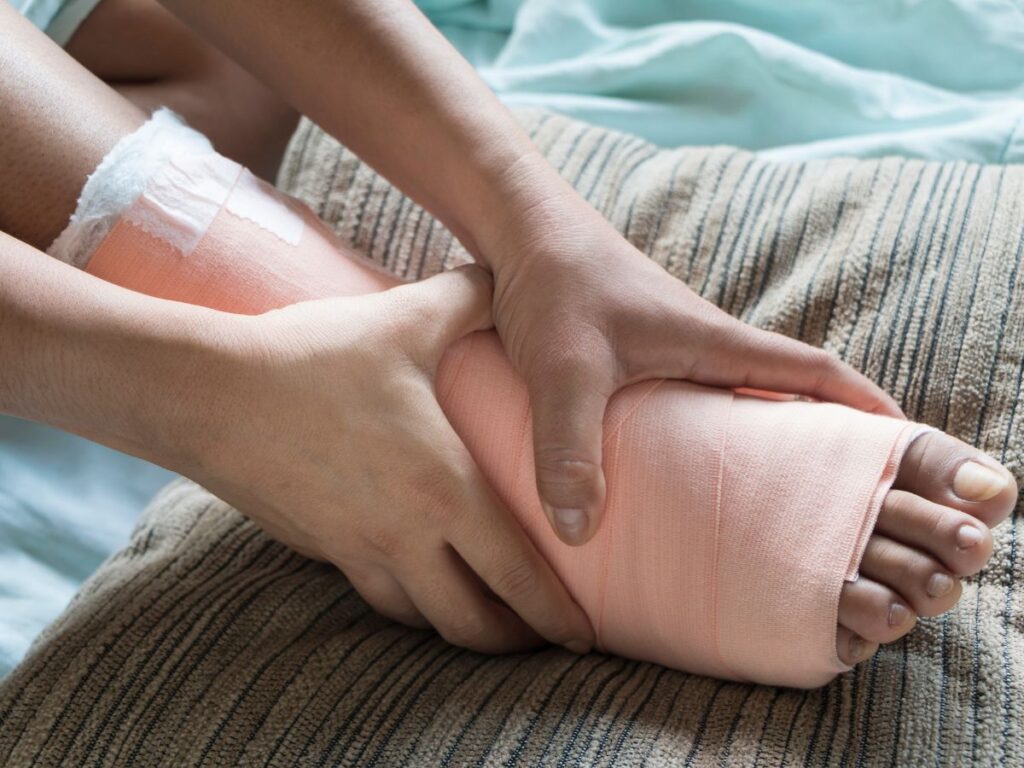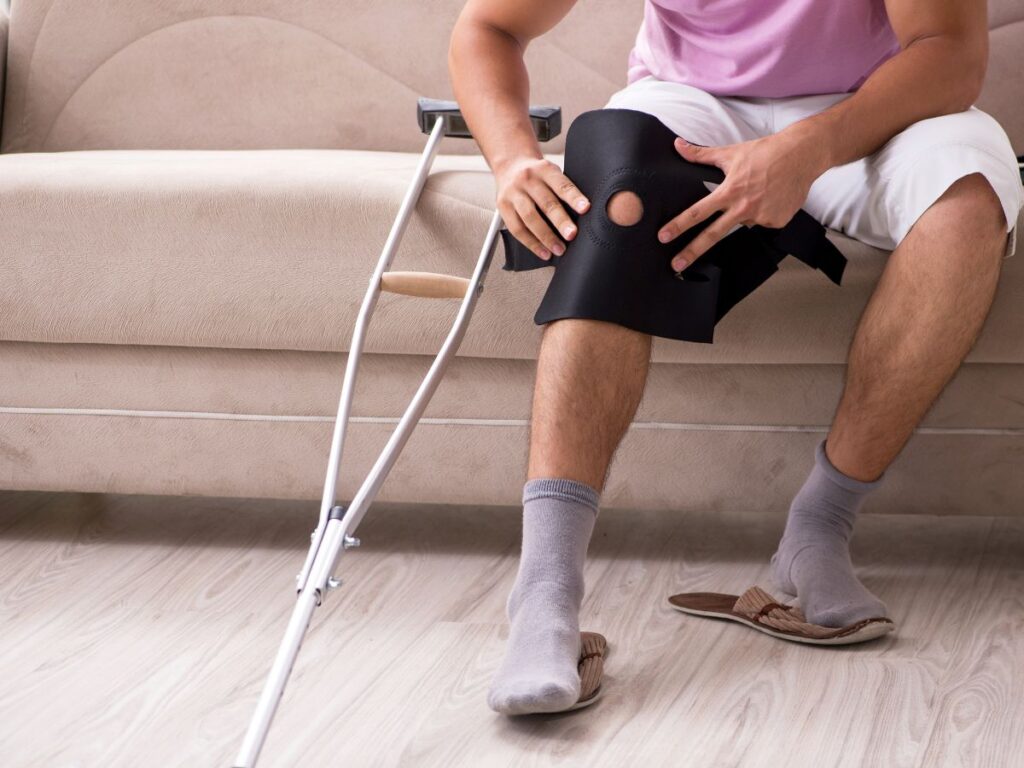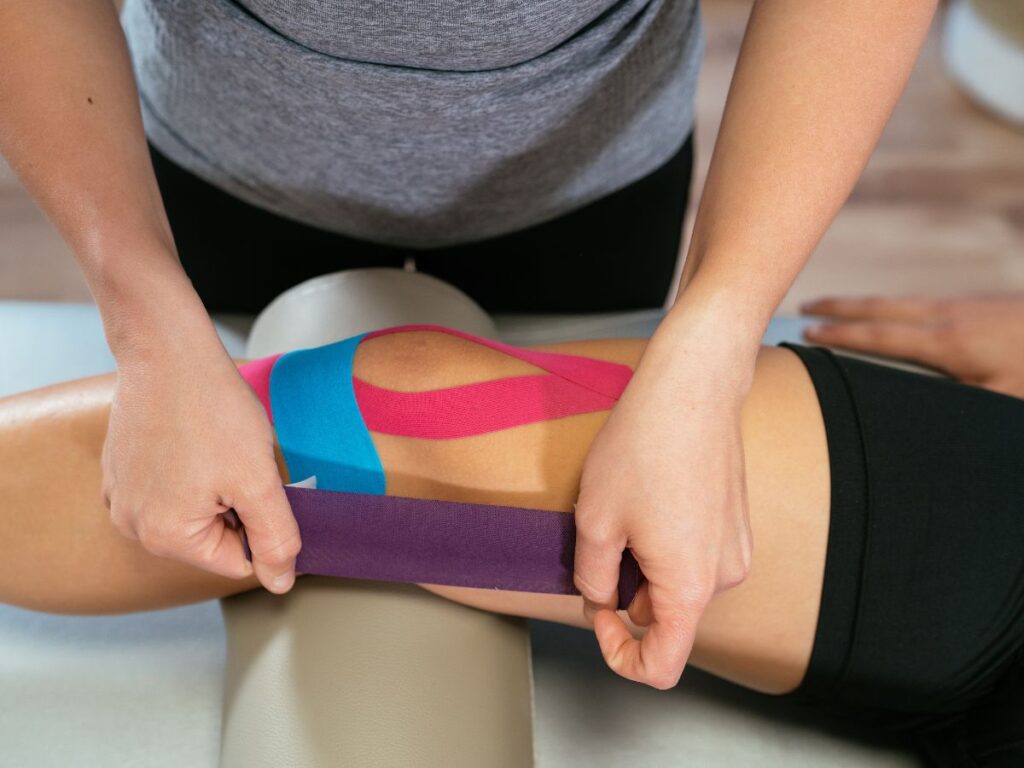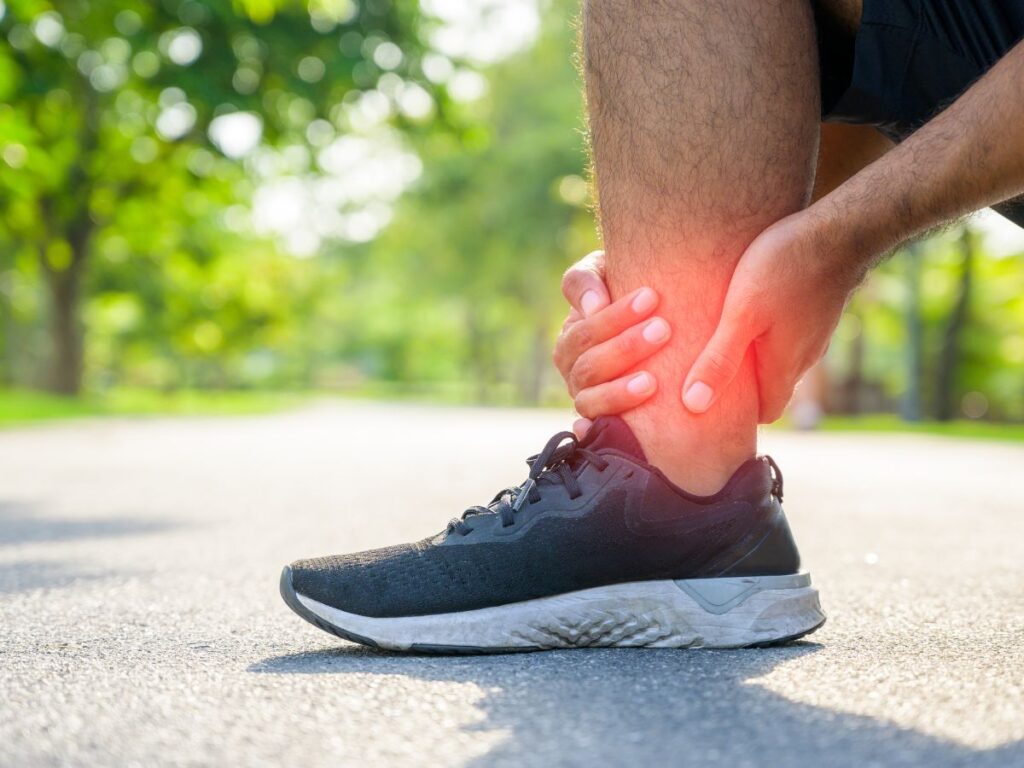Why Hamstring Rehab Boosts Athletic Performance
Hamstring strains plague runners, soccer players, and athletes in explosive sports, sidelining them with sudden pulls or lingering tightness at the back of the thigh. While rest alone can subdue immediate pain, incomplete recovery leaves the muscle prone to re-injury or chronic tightness that slows sprints. Physical therapy corrects underlying imbalances—like weak glutes or improper stride mechanics—and progressively re-strengthens the hamstring. By weaving in Dr. Elham’s alignment checks, therapy ensures the hips, pelvis, and spine distribute forces evenly, preventing repeated hamstring overload. A structured approach not only promotes a full return to running or agility but often enhances speed, power, and stability beyond pre-injury levels.
Typical Barriers in Hamstring Strains
The hamstrings cross both the hip and knee, so misalignment in these joints can predispose the muscle to abrupt overextension or eccentric stress. Post-injury inflammation and micro-tears degrade muscle fibers, hindering the athlete’s capacity for quick acceleration or sharp direction changes. Fear of pushing the leg fully can hamper normal gait or sprint form, compounding imbalance in the contralateral leg. Physical therapy addresses these pitfalls, focusing on gentle mobilizations to break scar tissue, reintroducing safe load (like slow bridging), and eventually layering advanced drills that fortify the hamstring’s capacity for explosive movement. Dr. Elham’s alignment or manual therapy resolves hidden tilt or subluxations that might trap the muscle in chronic tension cycles.
Core Steps in Hamstring Rehab
Athlete-focused hamstring therapy generally includes:
- Pain Reduction and Gentle Mobility: Ice, light massage, or very mild stretching to soothe acute inflammation.
- Early Strength Work: Bridges, prone leg curls, or isometric holds that reawaken the muscle without straining vulnerable fibers.
- Progressive Eccentric Drills: Nordic hamstring exercises or slow lowering movements that build resilience in the muscle’s lengthening phase.
- Gait and Stride Re-education: Aligning foot strike and hip extension so each step or sprint doesn’t overpull the hamstrings.
- Sport-Specific Speed or Agility: Eventually introducing interval sprints, lateral shuffles, or bounding to test readiness under dynamic loads.
By steadily increasing intensity, these components ensure that healing fibers adapt to real-world athletic forces, minimizing repeated strains.
Dr. Elham’s Full-Leg Alignment Perspective
Dr. Elham extends beyond the injured muscle, scrutinizing pelvis, lumbar spine, and even foot posture. A tilted pelvis or lumbar subluxation can shift stride mechanics, overstretching the hamstring under acceleration. Gentle chiropractic manipulations keep the kinetic chain balanced, preventing the hamstrings from compensating for imbalances in the hips or ankles. If certain muscles (like hip flexors) are chronically tight, Dr. Elham suggests specialized stretches or manual therapy. This synergy ensures that as the hamstring rebuilds strength, it does so in an environment aligned for symmetrical, powerful leg motion, sparing the athlete from chronic strain reoccurrence.
Benefits of Thorough Hamstring Therapy
Dedicating time to a proper rehab regimen yields multiple advantages:
- Reduced Re-Injury Rates: Eccentric strengthening and alignment fixes fortify the muscle for sprints or lateral moves.
- Faster Return to Sport: Gradual loading shortens layoff periods compared to unstructured rest alone.
- Better Speed and Power: Once fully mended, a robust hamstring can actually elevate performance in acceleration or jumping.
- Balanced Gait: Correcting stride mechanics spares the contralateral leg from compensatory tension or injury.
- Long-Term Muscle Health: A well-rehabbed hamstring endures repeated sporting demands without succumbing to lingering tightness or micro-tears.
Ultimately, well-executed therapy isn’t just about returning to normal—it often unleashes potential for stronger, more efficient hamstring action than before the strain.
Maintaining Progress Beyond Sessions
Dr. Elham and your therapy team typically assign daily or every-other-day home tasks—like gentle dynamic stretching or bridging sets. Monitoring leg soreness after stepping up intensity guides whether to incorporate more rest or additional support (like icing). Mindful warmups—light jogging, dynamic hamstring swings—reduce the shock on the muscle when engaging in sprints or agility. Over time, these self-care steps reinforce therapy gains, ensuring the hamstring continuously adapts and becomes less prone to acute pulls during training or games.
Overcoming Sport-Specific Challenges
Hamstring strains frequently hamper sports that rely on quick bursts—track sprinters, soccer or football players accelerating downfield. Rehab gradually reintroduces these explosive elements in a controlled manner. Once the muscle handles moderate strengthening, short acceleration drills might begin. Dr. Elham’s alignment checks ensure the pelvis or ankles don’t tilt the leg into precarious angles at top speed. If the athlete’s form has deteriorated due to pain, posture correction or stride re-education can rectify it. Each success—like a painless 70% sprint—builds confidence, culminating in full-throttle speed or pivoting agility without fear of a repeat hamstring pop.
Dangers of Ignoring Rehab
Relying on rest alone or returning too soon to intense exercise fosters incomplete healing. The hamstring may become stuck in a cycle of re-strains, limiting progress and time on the field. Scar tissue can hamper flexibility, fueling chronic soreness or subpar stride length. Compensation might shift strain to the lower back or knee, prompting secondary injuries. In severe cases, a recurring hamstring pull can bench an athlete for entire seasons or hamper overall career longevity. By embracing a thorough therapy plan, you lock in robust muscle fibers, prime the leg for sprints, and sidestep the frustration of repeated setbacks.
A Typical Hamstring Therapy Session
Initially, the therapist checks for swelling, local tenderness, or the strain’s stage (acute vs. subacute). Gentle range-of-motion tasks—like assisted leg swings—maintain some flexibility. Strength moves might start with isometric bridging or partial leg curls against minimal resistance. Dr. Elham may adjust the pelvis or lumbar spine if alignment is off. As you progress, eccentric challenges—like Nordic hamstrings—target the muscle’s lengthening strength. Near the end, short acceleration runs or agility footwork confirm readiness for real game pacing. Each session builds on the last, culminating in a strong, fully recovered hamstring that can handle lateral, forward, or backward athletic motions with minimal relapse risk.
Returning to the Field with Confidence
Physical therapy for hamstring strains reconnects athletes with the explosive movement that defines their sport. Layered strengthening, balance work, and Dr. Elham’s alignment keep the muscle from snapping under sudden loads. Over consistent sessions, you’ll evolve from protective, tentative strides to dynamic bursts of speed—like sprinting, cutting, or bounding—supported by a thoroughly rehabbed hamstring. Freed from the dread of re-straining mid-play, you can unleash full effort on the track or field, harnessing a well-conditioned leg that not only matches but often surpasses pre-injury performance, courtesy of improved mechanics and muscle synergy gained during rehab.






